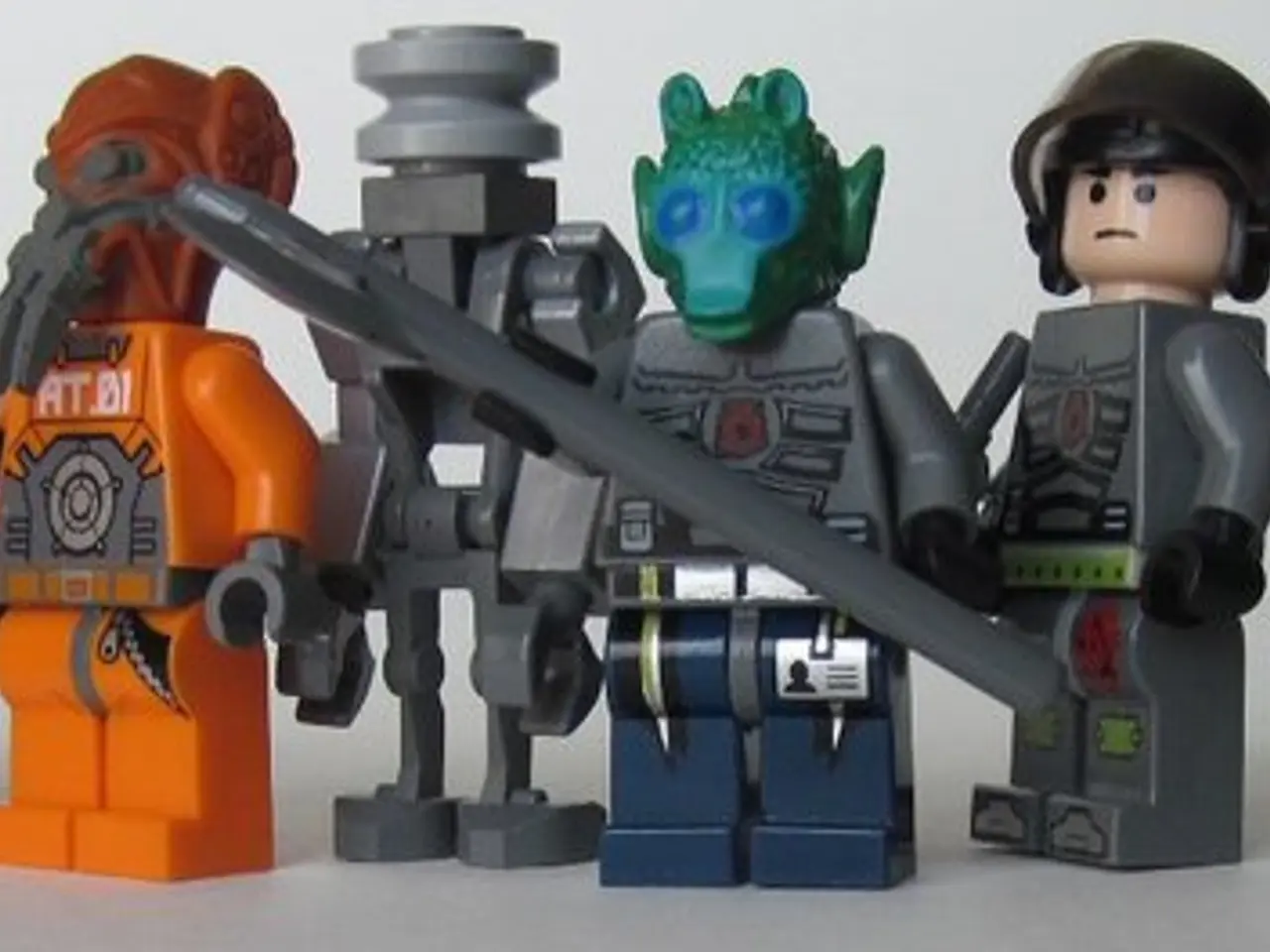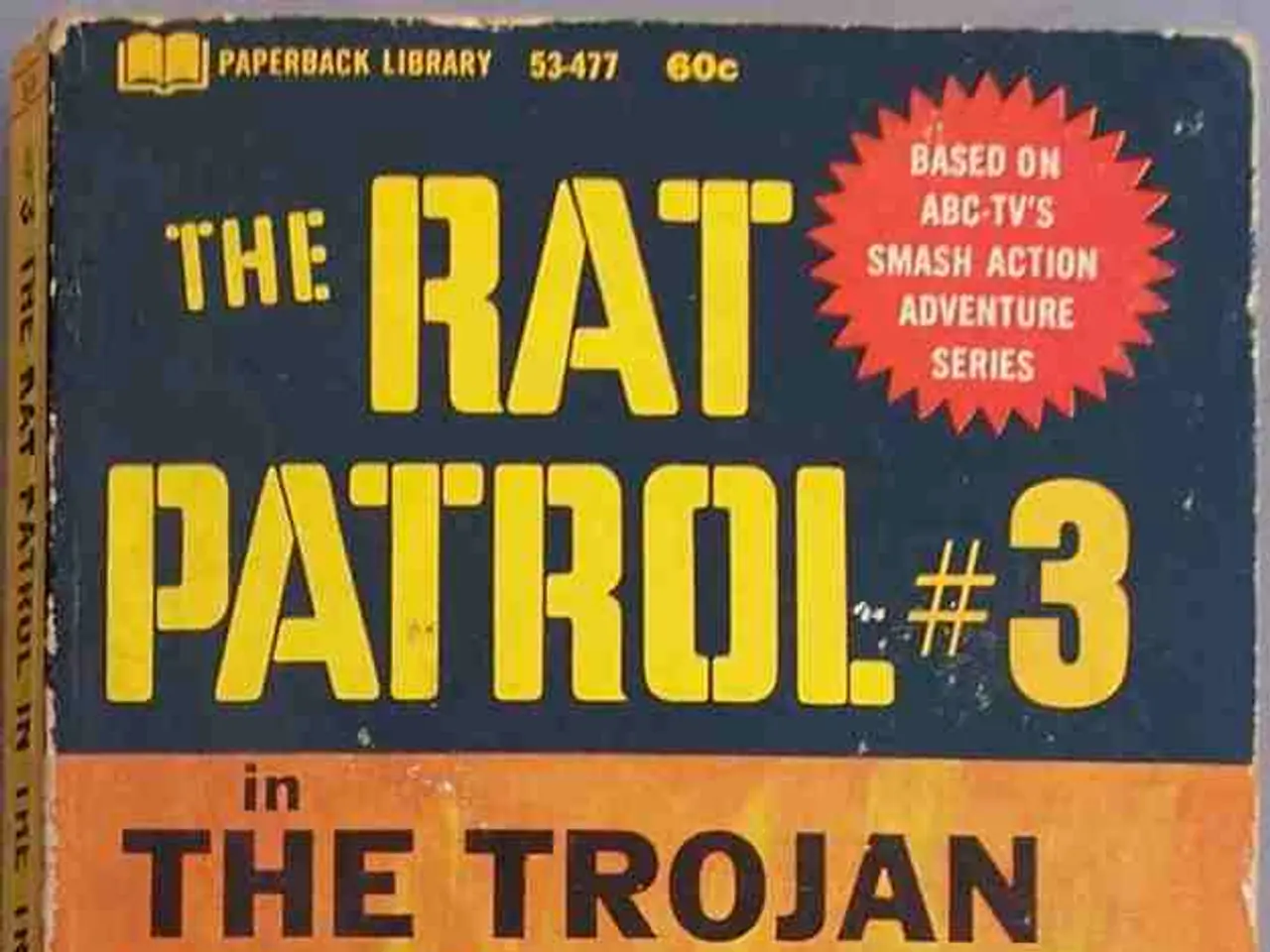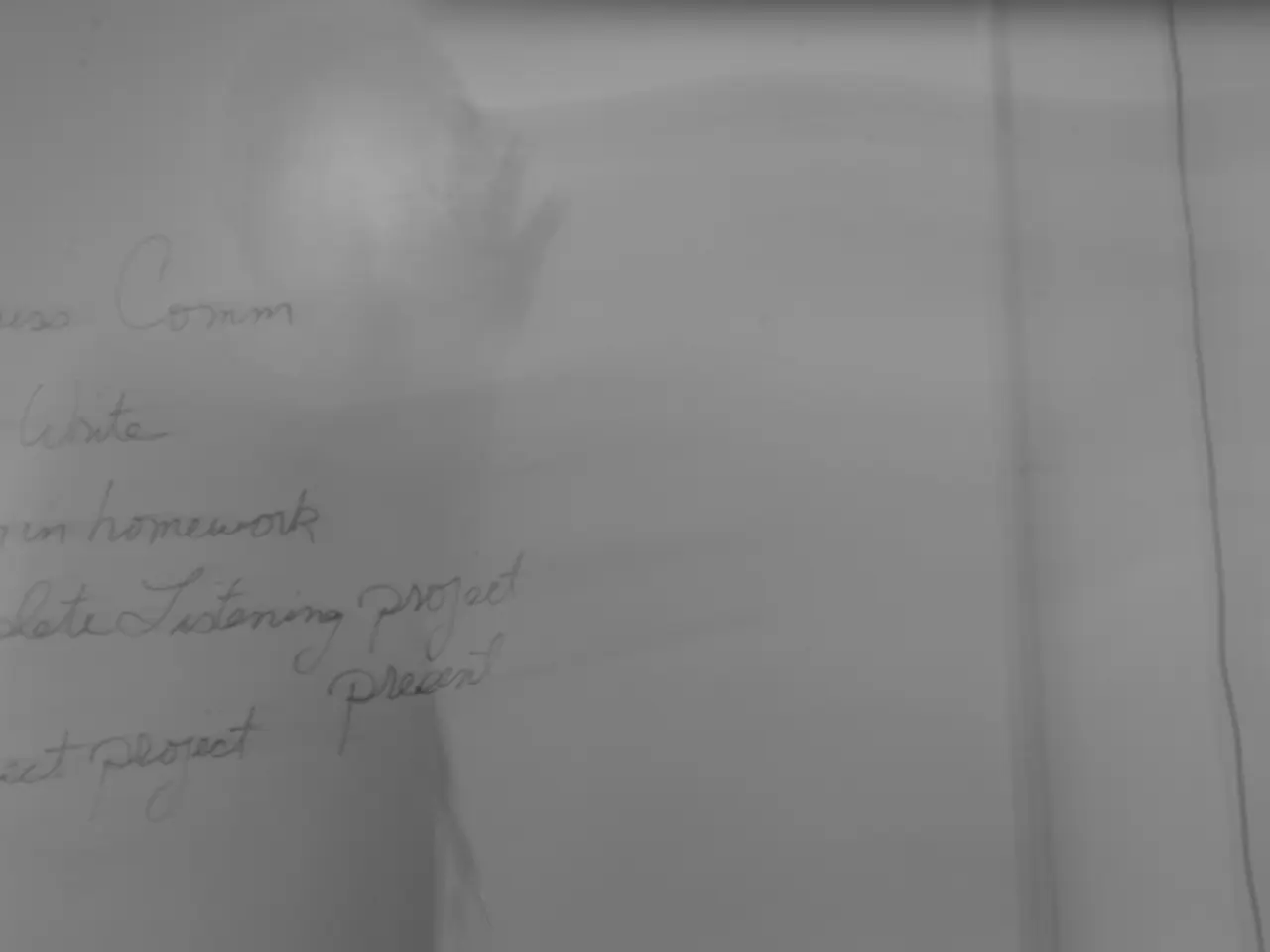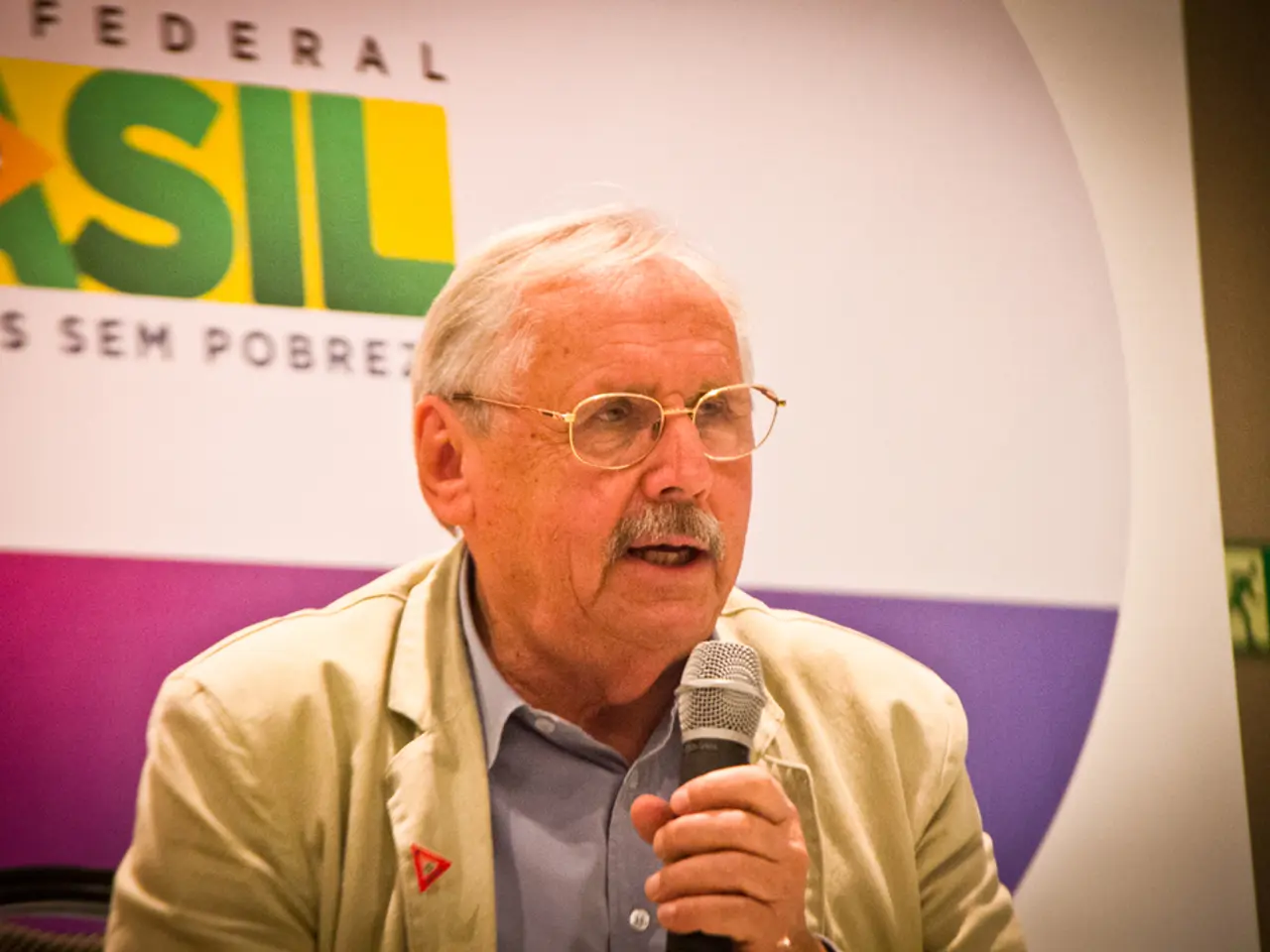Tesla Details Plans for Robotaxi Launch in Austin, Outlines Optimus Production, and Discusses Dojo Initiative
Tesla Launches Pilot Robotaxi Service in Austin, Texas
Tesla has taken a significant step forward in the autonomous vehicle industry with the launch of a pilot robotaxi service in Austin, Texas, on June 22, 2025. The service, currently operating in a limited area, is invite-only and runs daily from 6 AM to midnight at a flat fare of $4.20.
The initial deployment of Tesla's robotaxi service will feature a small fleet of 10 to 20 vehicles, each equipped with Full Self-Driving technology and displaying a "Robotaxi" logo. Safety is the top priority, with human safety operators seated in the passenger seat to intervene if the vehicle cannot handle a situation autonomously.
Tesla plans to open the robotaxi service to the public in Austin by September 2025, following the acquisition of a statewide rideshare license to operate in Texas. The rollout remains cautious, with ongoing safety and regulatory reviews by the US National Highway Traffic Safety Administration (NHTSA), particularly focusing on vehicle performance in adverse weather and unpredictable traffic.
As part of its expansion plans, Tesla is actively improving features such as automatic parking at Supercharger stations, which will further enhance operational reliability. The company is also expanding the robotaxi service mapping and hiring vehicle operators for Autopilot across multiple US states, indicating a broader rollout plan beyond Texas.
In addition to the robotaxi service, Tesla is also working on its humanoid robot, Optimus. The company plans to build 1,000 Optimus units per month with a production line, with completion expected in several months. The neural networks powering Optimus are "far larger" than those used in Tesla's vehicles, highlighting the robot's increased complexity.
Tesla's Dojo supercomputer, central to training neural nets for autonomous driving and robotics, is scheduled for release in 2026 (Dojo 2). Dojo 2 is expected to offer greater efficiency and lower costs compared to Nvidia solutions, but not match Nvidia's top-end performance immediately. Dojo 3 is planned for 2028, with Tesla aiming to narrow the performance gap and achieve significant cost advantages.
Tesla believes scaling its computing capabilities by 10x and acquiring cheaper AI chips could be a key unlock for future growth. The company hopes to build thousands of Optimus robots by the end of 2025.
[1] Tesla Launches Robotaxi Service in Austin [2] Tesla Expands Robotaxi Service Mapping and Hiring [3] Tesla Improves Autonomous Capabilities for Robotaxi Service [4] Tesla to Acquire Statewide Rideshare License for Robotaxi Service [5] NHTSA Reviews Tesla's Robotaxi Service for Safety and Regulatory Compliance
[6] The expansion of Tesla's robotaxi service will likely impact the finance industry, as the rise of autonomous vehicles is expected to disrupt traditional transportation models and potentially reduce the demand for car ownership.
[7] The automotive and technology industries are also closely watching Tesla's robotaxi service, as its success could pave the way for the widespread adoption of autonomous vehicles, leading to advancements and innovations in these sectors.




